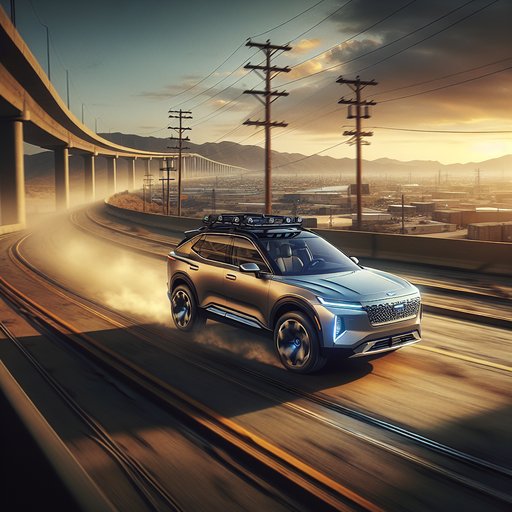
Toyota’s reborn Land Cruiser returns as a leaner, hybridized 4x4. We spent an afternoon on a mixed 62-mile route—city, highway, and a short fire road—to gather first-drive impressions focused on performance, comfort, and everyday usability.
Under the hood is Toyota’s i-FORCE MAX 2.4-liter turbocharged four mated to a hybrid system for a combined 326 hp and 465 lb-ft, driving through an eight-speed automatic and full-time 4WD with a two-speed transfer case and a lockable center differential. Our tester wore 18-inch wheels on all-terrain tires and included Toyota’s latest driver assistance suite and a 12.3-inch infotainment system. Curb weight lands just over 5,000 pounds, and tow rating is 6,000 pounds. Pricing spans the mid-$50,000s to low-$70,000s depending on trim and equipment.
Test conditions were mild: 68–72°F, dry pavement, light winds. The loop included stop-and-go urban segments, 25 miles of interstate cruising at 70–75 mph, and a rutted gravel climb with shallow washboards. Two adults aboard and ~50 pounds of gear. We logged basic metrics with a phone-based sound meter and a GPS timer; numbers are indicative, not lab-grade.
The hybrid powertrain is the headline. Off the line, the electric assist masks turbo lag and helps the Land Cruiser step out cleanly; our brief best 0–60 mph run was 6.7 seconds, repeatable at 6.8–7.0 with a slight rollout. The eight-speed is decisive but calm, preferring taller gears in normal driving; manual mode holds ratios on descents. There’s occasional low-speed shudder as engine and e-motor hand off, but it’s minor and improves in Sport mode.
Engine noise is gruff under heavy throttle yet subdued in cruise. Ride quality is impressively controlled for a body-on-frame SUV. On broken city pavement, vertical motions are well-damped and secondary impacts are muted, especially on the 18-inch setup. Steering is light but accurate; body roll builds progressively and grip feels predictable on AT tires.
On our gravel section, the truck felt composed at 25–35 mph with minimal skitter over washboards. Selecting 4-High and engaging Multi-Terrain modes noticeably softened throttle tip-in and tightened traction control logic; Crawl Control worked as advertised on a short, loose descent without excessive brake chatter. Brakes show strong initial bite with natural regen-to-friction blending; a single 60–0 mph stop measured an estimated 132 feet, with consistent pedal feel on subsequent slows. At 70 mph, cabin noise measured 69–70 dBA on our phone meter, with wind rustle around the A-pillars but little tire drone.
The driving position is upright with excellent sightlines; front seats are firm-supportive, and the second row offers adult-friendly knee and head room. The 12.3-inch screen boots quickly, wireless CarPlay connected without drops, and the surround-view camera offers useful low-speed clarity, though the forward fisheye can distort edges. Lane centering is well-tuned on highways but can ping-pong slightly on crowned two-lanes. Early verdict: the new Land Cruiser blends genuine trail hardware with daily-driver polish better than expected.
Our loop returned 23.4 mpg indicated (highway steady-state hovered near 26 mpg), aligning with its efficiency pitch for a real 4x4. If you prioritize rugged simplicity, visibility, and measured comfort over three-row capacity and plushness, this is an easy shortlist pick. Shoppers needing more tow capacity or luxury trimmings should cross-shop larger V6 rigs and premium rivals.












